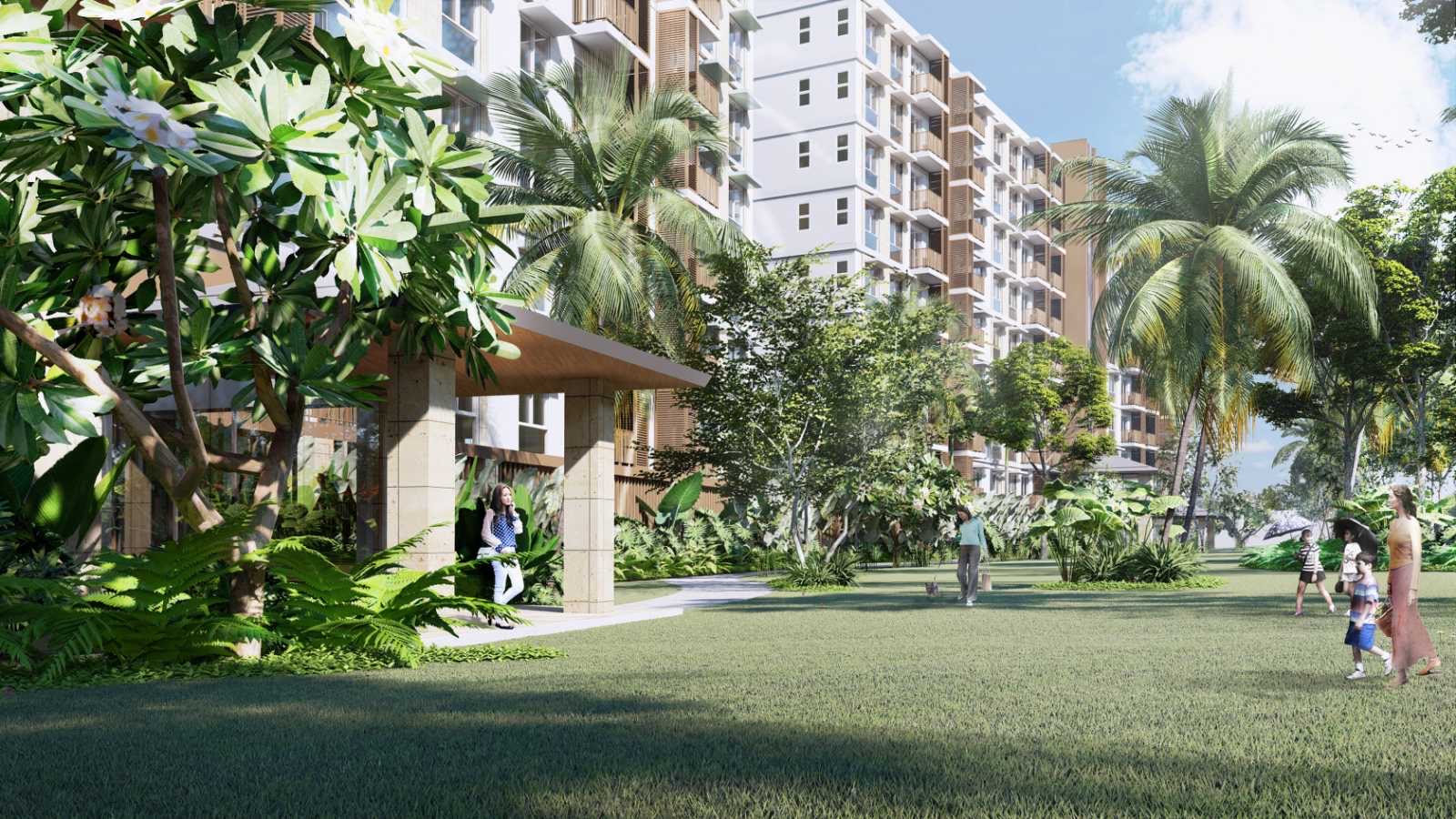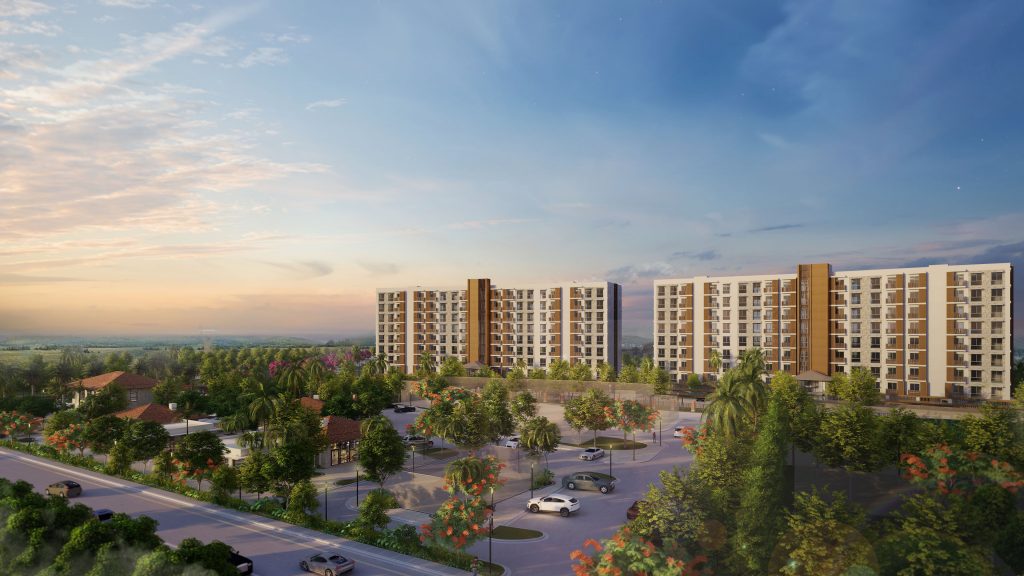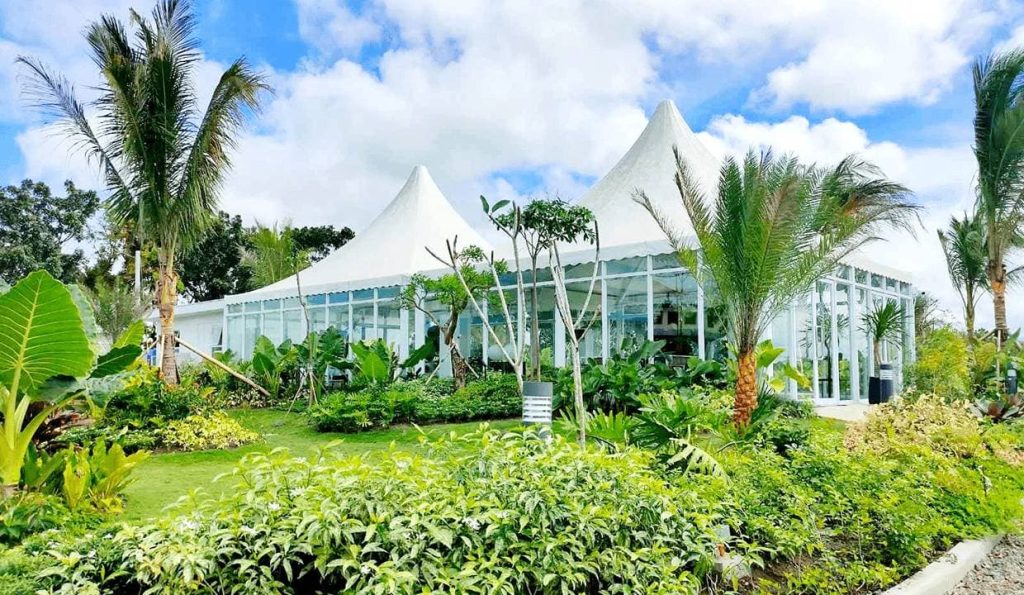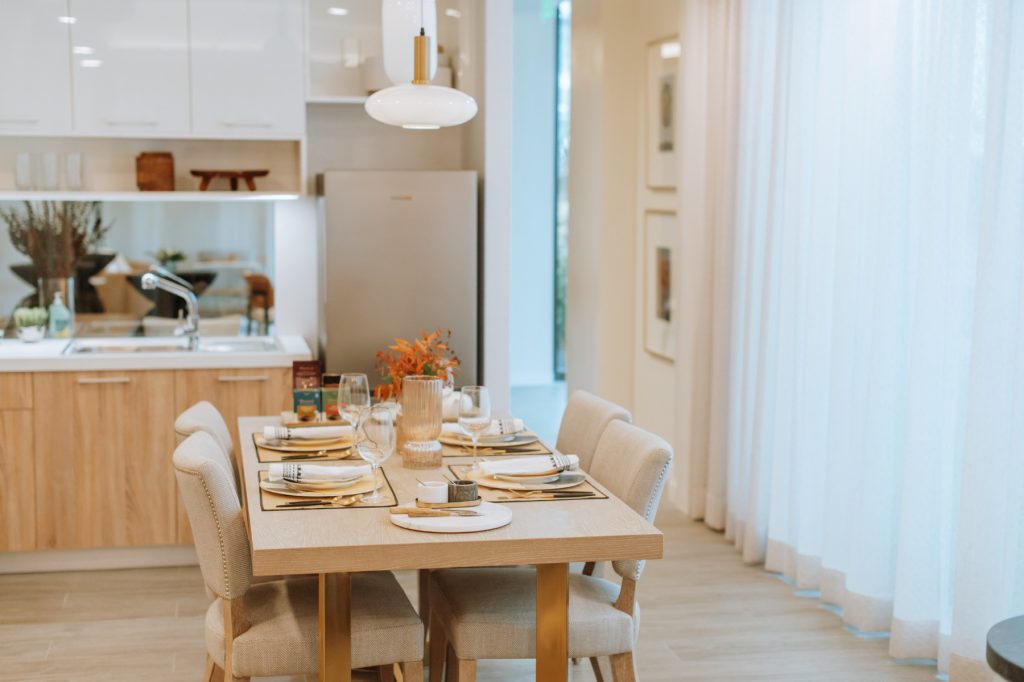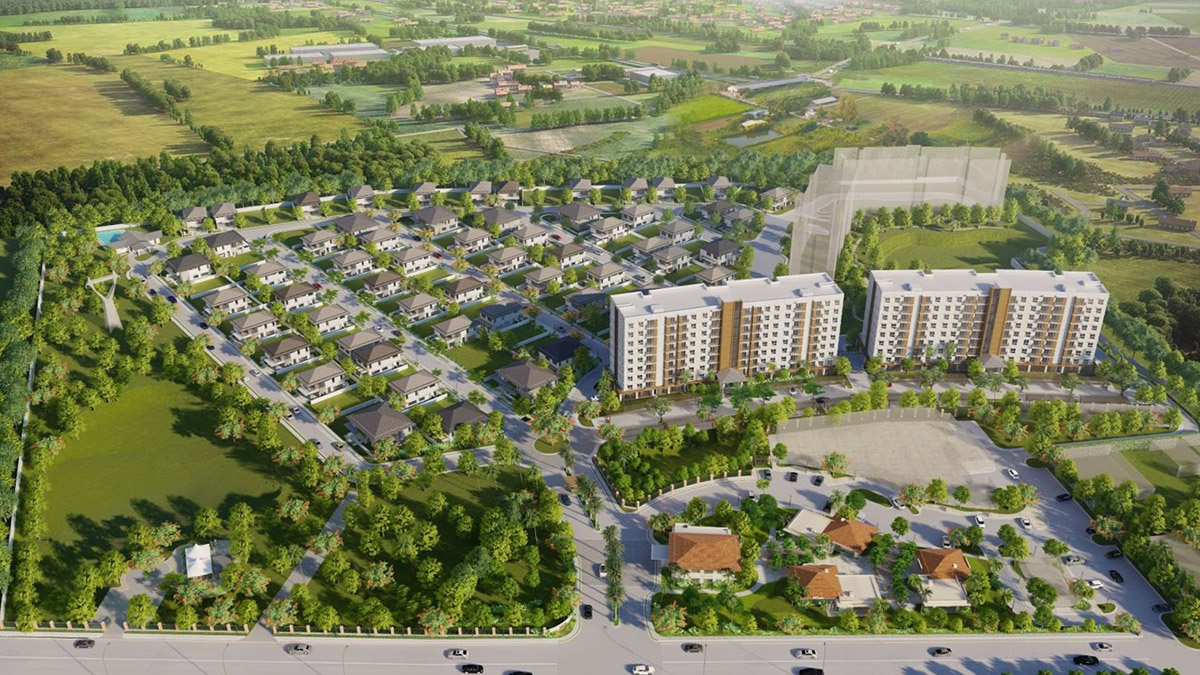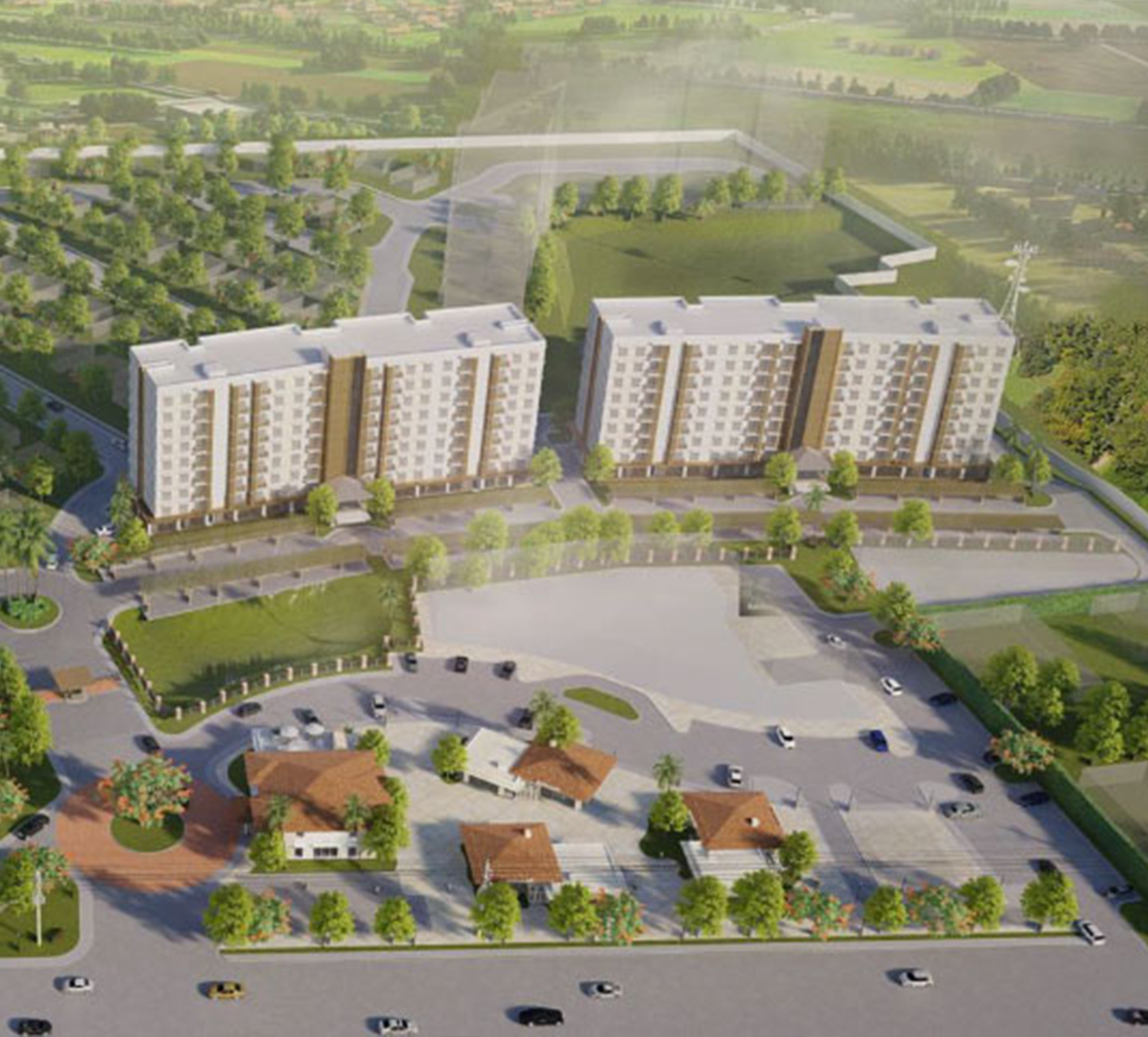Colorful, dynamic, expressive and low maintenance—houseplants are a vital element in making your house and lot in Bacolod bright. . They bring life to indoor spaces, making each room of the home warmer and more soothing, and can also serve as a refuge from both the outside and the digital world, as they’re known to improve mood.
Houseplants are easy to take care of, can complement a variety of home decor themes, and add beauty to home living regardless of the size of your home. For those considering getting into plant parenting, let’s dig right into it: why you should, what to consider, and how to maintain the best houseplants for your home.
Benefits of Adding Greenery to Your Space
Apart from enhancing the overall appearance of any space, many plant parents notice other benefits including improvements to their overall health and happiness.
Houseplants reduce stress. With 24/7 connectivity and accessibility to everyone, taking care of plants allows us to disconnect, take our time, and be mindful, which are known to relieve stress.
Owning houseplants also gives you a sense of pride and accomplishment. You are directly responsible for how they thrive. And when they do, so does your sense of self. Unlike art, clothes, and things that were simply bought, plants show one’s ability to provide consistent ongoing care.
Plants can turn our homes into sanctuaries. Humans generally respond positively to plants and nature. Their colors, shapes, and perhaps the fact that they breathe creates an environment conducive for living, relaxing, but also for feeling energized and thinking creatively.
Know What Kind of Houseplant Parent You Are
For starters, here are 5 houseplant recommendations to enhance your home decor and living.

Snake Plant
Snake Plants are tropical plants with upright leaves containing patterns that resemble reptile skin. This is a great choice for anyone to place essentially anywhere in their home, as it is resilient and even capable of surviving droughts.
Pothos are also resilient and are a great shelf plant that can add drama to a home aesthetic with its vines that can drape down to around 10 feet long.
Similar to the Pothos and possibly even easier to grow and care for is the Philodendron. Its heart-shaped leaves can also trail over 10 feet long making great for high shelves.
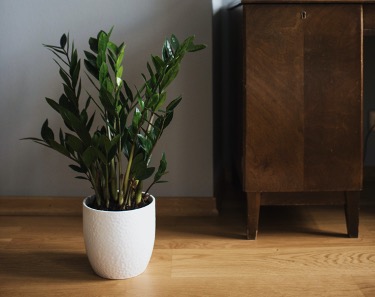
ZZ Plant
The ZZ plant can thrive in a low-light environment, being extremely dry-tolerant and low maintenance. They’re also a great gift for other plant parents as they represent prosperity and friendship.
The Bird’s Nest Fern gets its name from their rippled edges that grow from a nest-like crown. These thrive in indirect sunlight and humid environments like bathrooms and make for beautiful hanging plants.
These recommendations are great for those just starting their indoor plant journey, but do note that branching out to different types of houseplants will require different kinds of attention and care.
Flowering plants, for instance, are hard to resist and thrilling to witness in bloom, but do need extra care and need lots of light. A number of these like the Flamingo Flower are poisonous, so you’ll want to do your research and avoid these if you have children or pets.
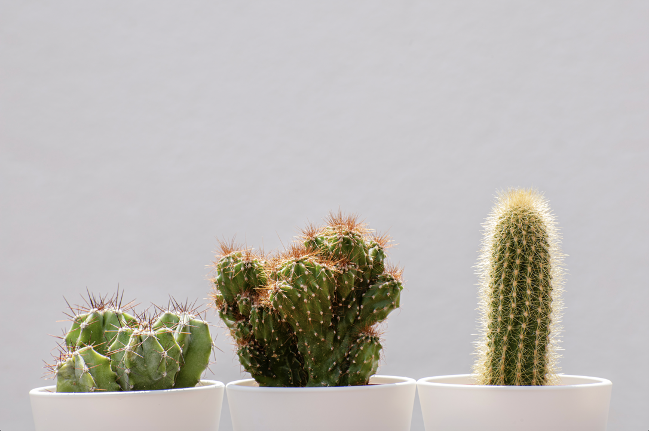
Cacti
Cacti require more of a hands-off approach. Of forest and desert types, desert cacti are more popular, needing very little water and attention to thrive. These may surprise you as well as many actually bloom.
But maybe you’re considering a larger space? Perhaps home is outside of the Metro where there’s more open space, units are built larger, and being surrounded by greenery is a non-negotiable—ask any Bacolodnon. You’ll want to upsize your choices.
Indoor palm plants are impressive and can fill a space quite nicely. They’re also a little more expensive and more particular about their light diet. Indoor palm plants can grow up to 3 feet and 8 inches, so you’ll need to make room—and add shade as well, as these prefer partial shade.
Larger, but a little less choosy are indoor tree types. These can grow upward of 4 feet and can tolerate low lighting conditions, but really thrive in bright light. So for those living in larger units and have more room to play with, like those at Nara Residences by Rockwell in Bacolod, these are perfect.
Remember, houseplant parenting styles will vary depending on the plant you choose, so be sure to do your research, consider the spaces in your home you intend to place them in, and how hands-on you’re willing to be.
Sunlight and Space Matters
Providing the right amount of light for a houseplant is a balancing act of giving it the brightness it needs, yes, but also the amount, intensity, and spectrum which refers to your warm and cool colors.
If the plant you’ve chosen requires direct sunlight or a sunny location, you’ll want to place it on a window sill that gets flooded with light—this would be your North and East-facing windows.
For plants that require bright but indirect sunlight, you’ll want to position them about 4-5 feet from your North and East-facing windows. This allows them to get just enough sunshine.
For those that require partial or shaded sunlight, consider windows that take in just the morning sun, where it floods a room for only a few hours. Morning sun is cooler than afternoon sun, so there’s also a low chance of your plant to overheat.
Finally, for plants that require shadier areas, keep that at least 6 feet from your North and East facing windows. Consider placing them in hallways, along staircases, corners of rooms, or by windows shaded by trees.
What you’ll want to watch out for are whether or not your plants aren’t getting enough light or getting too much of it. Here are some tell-tale signs:
If a plant isn’t getting enough light you’ll notice how there are longer spaces between leaves as they grow. New leaves don’t grow as large as existing ones, lower leaves turn yellow, and hardly any leaves grow at all.
Some signs that they get too much light, however, are plants that wilt at midday, plants with brown burn patches on their leaves, or when leaves become faded in color, or become dry and fall off.
Remember, before choosing a plant to care for, it’s important to consider your space and what it can offer. Large spaces like units at Nara Residences by Rockwell have floor-to-ceiling windows and high ceilings that can provide ample light, ventilation, and room for any kind of houseplant. Spaces like these are ideal for plant parenting, as they leave room for those who start with succulents to expand later on to larger, tree type houseplants.
Maintaining Houseplants
Most sellers and plant shops will give you instructions on proper care and maintenance, but general plant care should already be something you have an understanding of before purchasing your houseplant. Here are some need-to-knows:
Watering. We know to water our plants, but sadly, this is also the most common way plants die. If you don’t water your plants enough or overwater them, they die. The best advice is to check the soil. Simply stick your finger into the soil about 1-1.5 inches. If it’s dry, water your plant. If it’s moist, hold off.
Fertilizer. Remember, the nutrients available for indoor plants are limited to the soil in their pot. You’ll need to supplement this with fertilizer. Depending on the product and the type of plant, you’ll be fertilizing anywhere from once a week, once a month, or once every 3 or 4 months.
Trimming. To keep your plant neat and looking fresh and healthy, regularly trim dead leaves and overgrown stems.
Wiping. Dust can block light absorption and clog your plant’s pores, so it’s important to regularly wipe your plant’s leaves using a damp cloth.
Houseplants are a great way to add color, freshness, and life to your home, while also giving you a sense of pride and peace. Start considering your space and exploring the different indoor plants that best suit it and your inner plant parent. Learn more about the spacious units your houseplants can thrive in at Nara Residences, Rockwell’s first high-end residential property in Bacolod.




